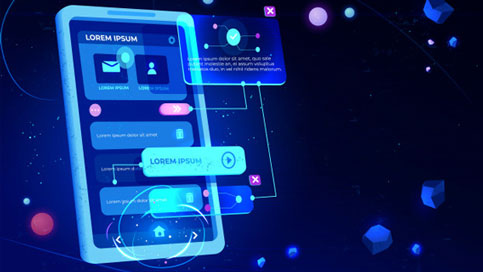App development


App development involves the creation of applications for mobile devices, such as smartphones and tablets, or for other platforms like desktops. Here’s an overview of app development:
Mobile App Development:
iOS Development: Building apps for Apple’s iOS platform using languages like Swift or Objective-C and utilizing tools such as Xcode.
Android Development: Creating apps for Android devices using languages like Java or Kotlin and tools like Android Studio.
Cross-Platform Development: Developing apps that can run on multiple platforms (iOS, Android, and sometimes web) using frameworks like React Native, Flutter, or Xamarin. This allows developers to write code once and deploy it across various platforms.
Web App Development: Developing applications that run in web browsers and don’t require installation. They are accessed via a web URL and are created using web technologies like HTML, CSS, and JavaScript.
Native vs. Hybrid Apps: Native apps are built for a specific platform (iOS or Android) and are coded in platform-specific languages. Hybrid apps use web technologies and are wrapped in a native container for deployment across platforms.
UI/UX Design: Creating intuitive and visually appealing user interfaces that provide a seamless experience. This involves wireframing, prototyping, and user testing to ensure usability.
Backend Development: Building the server-side of an app, which includes managing databases, user authentication, and handling data transmission between the app and the server.
Testing and Debugging: Thoroughly testing the app for functionality, usability, performance, and security to identify and fix bugs and issues.
App Store Deployment: Submitting the app to platforms like the Apple App Store, Google Play Store, or other distribution channels for users to download and install.
App Maintenance and Updates: Regularly updating the app to fix bugs, add new features, and enhance security to ensure a smooth user experience.
App development involves a multi-step process that requires collaboration among designers, developers, testers, and project managers. It’s essential to understand the target audience and the purpose of the app to create a successful and engaging application.